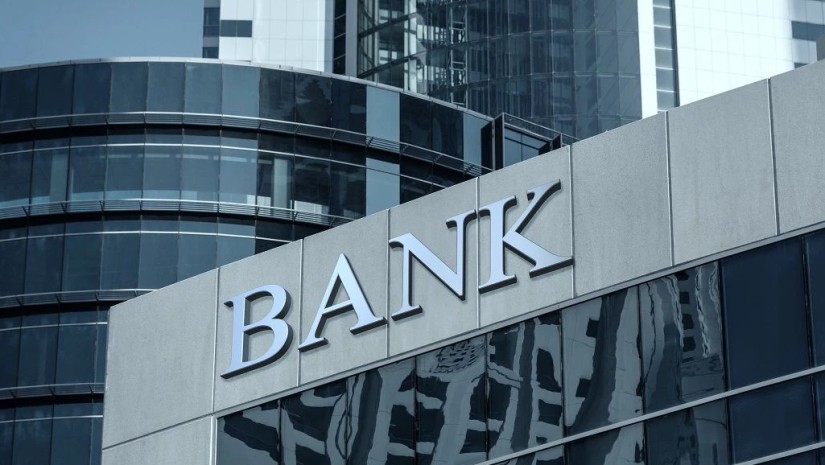How the Banking System is Adapting to Blockchain and Cryptocurrencies
The traditional financial world is rapidly changing. This transformation is driven by banking system blockchain adaptation and the rise of cryptocurrencies. These innovations are prompting financial institutions globally to explore, adapt, and integrate new solutions. This shift aims to reinvent banks for a decentralized, digital future, not replace them.
From Skepticism to Strategic Exploration for Blockchain Adaptation
Initially, many traditional financial institutions viewed blockchain and cryptocurrencies with skepticism. They saw them as risky or niche. Yet, the underlying potential for increased efficiency, transparency, and security couldn’t be ignored. As the technology matured, and as regulatory frameworks slowly began to take shape, banks moved from wary observation to active exploration. They recognized that ignoring these developments meant risking obsolescence. Indeed, the banking system blockchain adaptation started with understanding its fundamental advantages.
Efficiency and Cost Reduction Through Blockchain
One of the most compelling reasons for the banking system blockchain adaptation is its ability to streamline operations and reduce costs.
- Faster Transactions: Traditional cross-border payments can take days, involving multiple intermediaries. Blockchain-based solutions, like RippleNet, can settle transactions in seconds or minutes, significantly speeding up global commerce.
- Reduced Intermediaries: Blockchain provides a shared, immutable ledger. This can eliminate the need for numerous intermediaries in transactions. It cuts down on fees and reduces complexity.
- Enhanced Security: Cryptographic principles underpin blockchain. This makes transactions highly secure and resistant to fraud. This can lower operational risks and costs related to security breaches.
- Simplified Reconciliation: A shared ledger means all parties access the same real-time data. This vastly simplifies the reconciliation process, which traditionally consumes significant time and resources.
This drive for efficiency is a primary motivator for the banking system blockchain adaptation.
Embracing Digital Assets and Custody Services
As cryptocurrencies like Bitcoin and Ethereum gained mainstream acceptance, demand grew for secure ways to hold and manage these digital assets. Banks are now stepping into this space. They offer custody services for cryptocurrencies to institutional clients and, in some cases, high-net-worth individuals. This allows clients to benefit from crypto investments without managing complex technical aspects or security risks themselves. Many foresee this as a major growth area within the banking system blockchain adaptation.
Beyond custody, banks are exploring asset tokenization. This involves representing real-world assets (like real estate or art) as digital tokens on a blockchain. Tokenization can increase liquidity, fractionalize ownership, and streamline trading. It opens up new investment opportunities.
The Rise of Central Bank Digital Currencies (CBDCs)
Perhaps one of the most significant signs of the banking system blockchain adaptation is the global movement towards Central Bank Digital Currencies (CBDCs). Many central banks worldwide are researching, piloting, or even launching their own digital currencies. These are often built on blockchain-like distributed ledger technology (DLT).
CBDCs could offer numerous benefits:
- Improved Monetary Policy: Direct and programmable control over digital money.
- Financial Inclusion: Easier access to financial services for unbanked populations.
- Enhanced Payments: More efficient and cheaper domestic and cross-border payments.
- Reduced Cash Handling Costs: Lower expenses for printing, distributing, and securing physical cash.
While distinct from decentralized cryptocurrencies, CBDCs signify a deep embrace of the underlying technological principles by the very core of the financial system.
Exploring Decentralized Finance (DeFi) and Programmable Money
While DeFi aims to disrupt traditional banking, some forward-thinking banks are looking to understand and even leverage aspects of it. They’re exploring how programmable money, enabled by smart contracts on blockchain, could create new financial products. It could also automate compliance or enhance existing services. This might involve automated lending, complex derivatives, or real-time payments that trigger based on specific conditions. This deeper dive into programmable money showcases the evolving nature of the banking system blockchain adaptation.
Challenges and the Path Forward
Despite the clear benefits, the banking system blockchain adaptation faces challenges. Regulatory uncertainty remains a major hurdle. Different jurisdictions have varying approaches to digital assets. Security concerns, interoperability between different blockchain networks, and the need for significant infrastructure upgrades also present obstacles.
However, the momentum is undeniable. Banks are collaborating with FinTech companies. They are investing in blockchain startups. They are developing their own DLT-based solutions. The goal is clear: to evolve and remain relevant in a rapidly digitizing world. The banking system is not just reacting to blockchain and cryptocurrencies; it is actively shaping its own future within this revolutionary technological landscape.













Post Comment